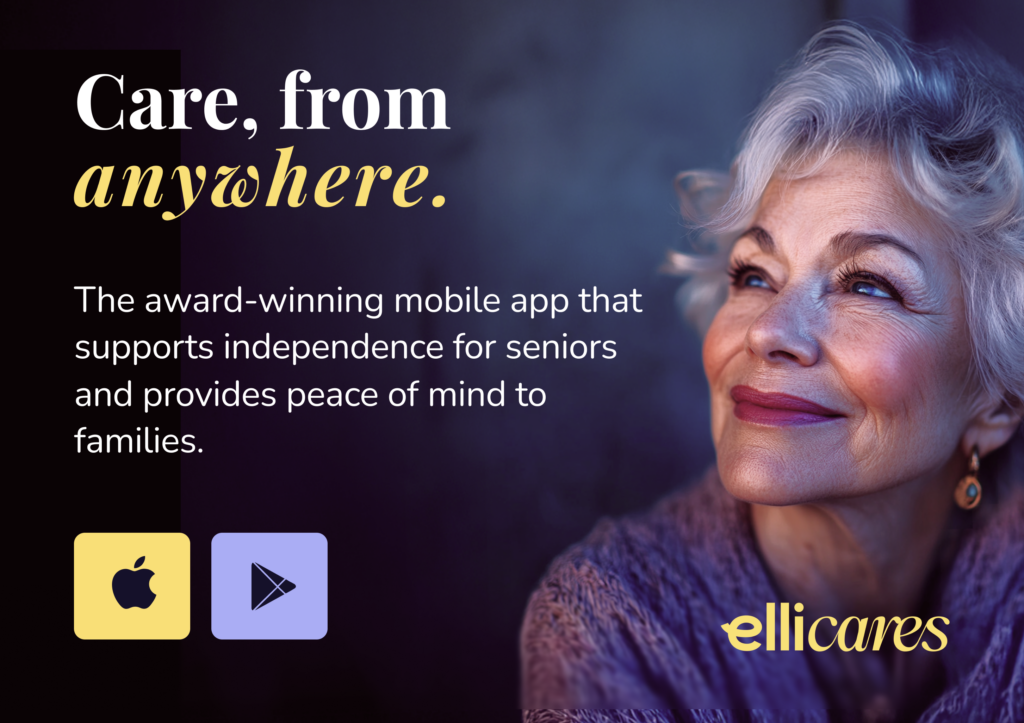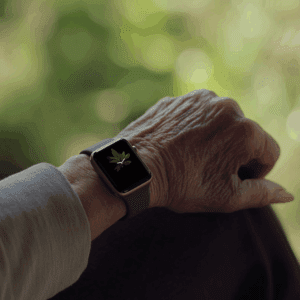The world is aging. For the first time in human history, people over 65 will outnumber those under five. By 2050, one in six people globally will be over the age of 65. This shift is not a distant trend - it’s already reshaping economies, healthcare systems, and societal norms. And at the heart of this transformation lies a massive opportunity (and responsibility) for the tech industry.
From user experience design to investment strategy, the aging population is forcing technology companies to rethink how they innovate, who they serve, and how inclusive their solutions really are.
The Demographic Shift Is Here
According to the United Nations, the number of people aged 65 or older is expected to double in the next 25 years, reaching over 1.6 billion by 2050. Countries like Japan, Germany, and Italy already have some of the oldest populations on the planet, but even regions with historically younger populations - like Asia-Pacific, Latin America, and Africa - are experiencing rapid aging.
This global trend has profound implications not just for governments and healthcare providers, but also for businesses building the tools of tomorrow.
Rethinking “Users”: Designing for Seniors
For years, the tech world has revolved around a younger demographic. App interfaces are often optimized for Gen Z and Millennials, while design trends prioritize speed, minimalism, and social sharing. But an older audience has different needs.
Older adults often face challenges with:
- Cognitive changes: Memory, attention, and decision-making
- Sensory changes: Hearing loss, reduced vision, and fine motor control
- Tech literacy gaps: Many are digital immigrants, not digital natives
This means UI/UX design must evolve. Larger fonts, clearer icons, voice assistance, simplified navigation, and accessibility-first design are no longer optional - they’re essential for inclusivity and long-term adoption.
Check out our article on Why Tech Solutions For Seniors Must Be Co-designed With Users
A Silver Economy Worth Billions
The aging population isn’t just a social trend - it’s a market. Often referred to as the silver economy, this demographic controls over $15 trillion in global spending power. They’re buying smartwatches, signing up for health monitoring apps, and using voice assistants - not as a novelty, but as a lifeline.
Tech companies ignoring this market risk missing out on:
- Health tech adoption (wearables, remote monitoring, telemedicine)
- Home safety and automation (smart home integrations for aging in place)
- Mobility and navigation tools (e.g. fall detection, GPS tracking)
- Digital companionship and cognitive apps (AI-powered memory aids, virtual assistants)
Startups that once focused on youth and convenience are now pivoting to develop products that extend independence, preserve dignity, and improve quality of life for older users.
AI, Robotics & Aging in Place
Artificial Intelligence (AI) and robotics are poised to revolutionize aging in place. Already, AI tools can:
- Monitor daily routines and detect anomalies (e.g., Elli Cares' Safe Track feature)
- Offer cognitive stimulation and companionship via chatbots
- Assist with medication adherence and appointment reminders
Robotics, too, is making strides in elder care - from robotic pets that soothe anxiety to mobility aids that help with balance and navigation.
For the tech industry, this means building systems that are trustworthy, unobtrusive, and emotionally intelligent - not just smart.
A Need for Multi-Generational Design Thinking
Inclusive design isn’t just about older users - it’s about designing with them, not just for them. Involving older adults in user testing, co-creation, and product feedback loops ensures that solutions are usable, relevant, and respectful.
The industry must also tackle ageism - both in hiring and product assumptions. Startups should consider hiring older advisors and testers, and move away from "youth equals innovation" mindsets.
What This Means for Investors & Founders
Venture capitalists and corporate investors are increasingly looking at the longevity economy. Funds are emerging specifically to support age tech, and governments are offering grants to spur innovation in elder care and digital health.
For founders and product teams, now is the time to:
- Conduct user research with seniors and caregivers
- Build partnerships with health systems and aged care providers
- Focus on retention, trust, and accessibility - not just viral growth
Tech that supports aging isn’t niche anymore - it’s the future.
Summing Up
The aging population represents one of the most powerful demographic shifts of our time - and the tech industry must respond with urgency and empathy. Designing for seniors isn’t just good business - it’s necessary for building a world that works for everyone.
As our societies age, the technologies we build today will determine how we all live tomorrow.
👉 Learn how Elli Cares is helping shape the future of aging well: www.elliapp.co








